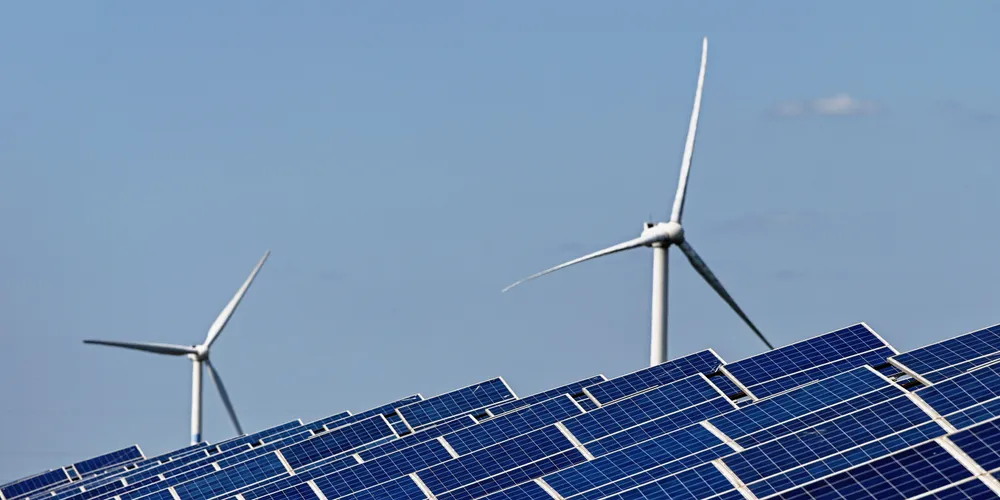US clean-power build tumbles to three-year low amid 'policy and regulatory challenges': ACP
Onshore wind posts worst quarterly performance in nine years without federal tax credit and projects mired in 'ever-growing' grid interconnection queues, says latest American Clean Power Association report
